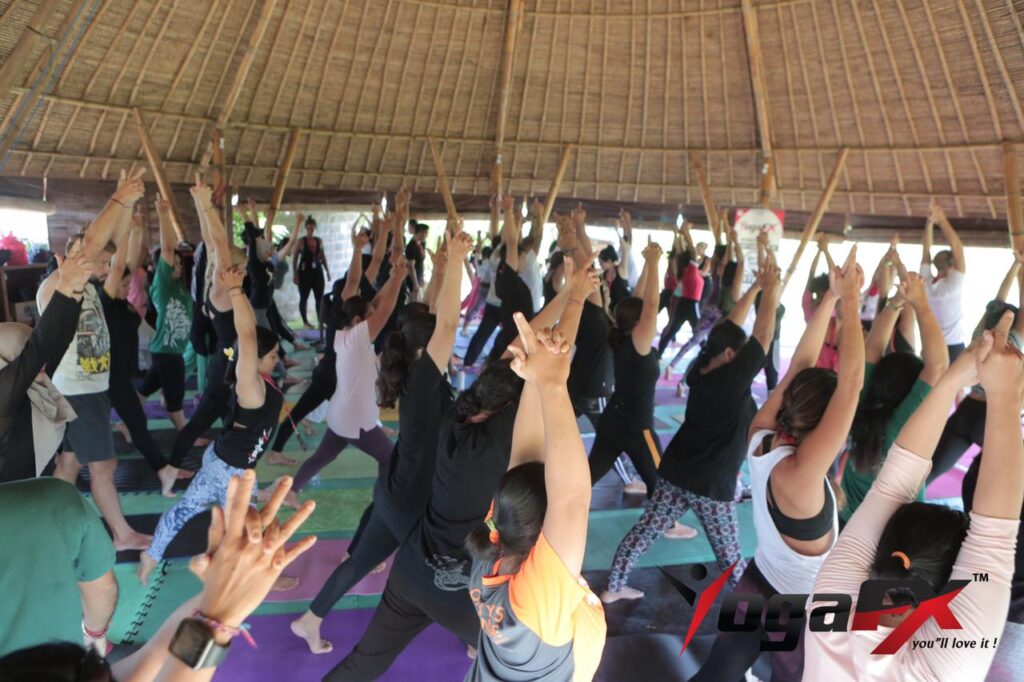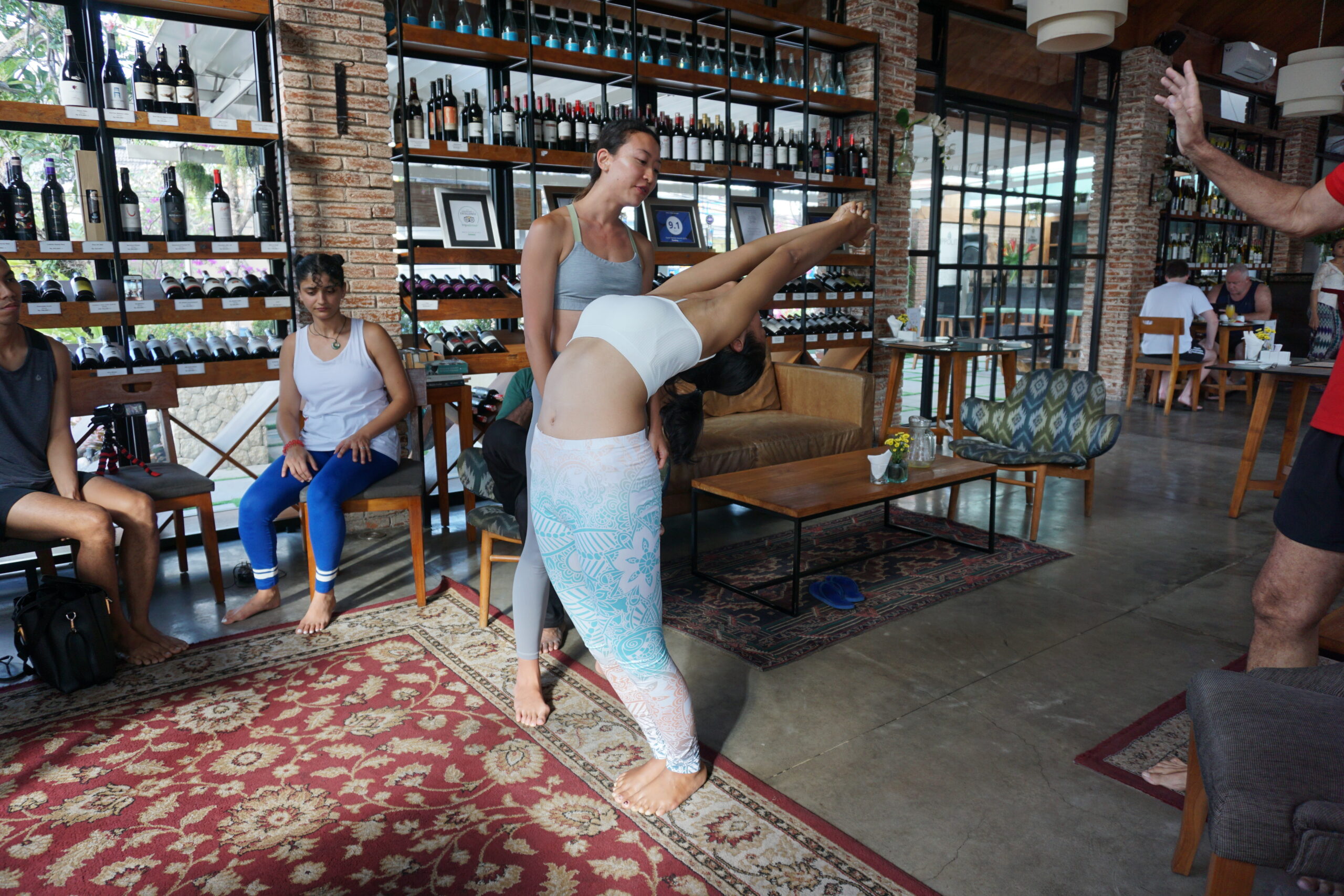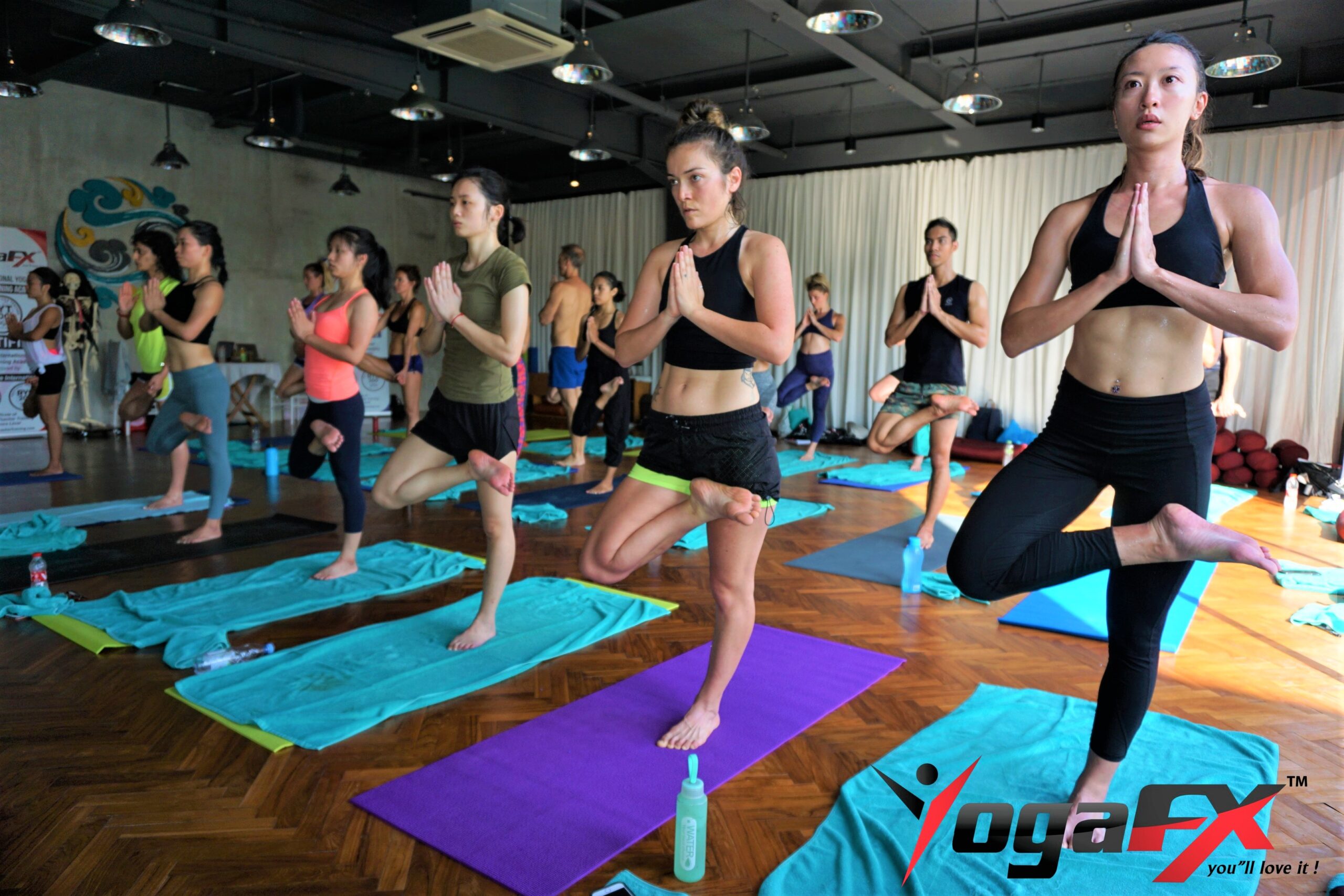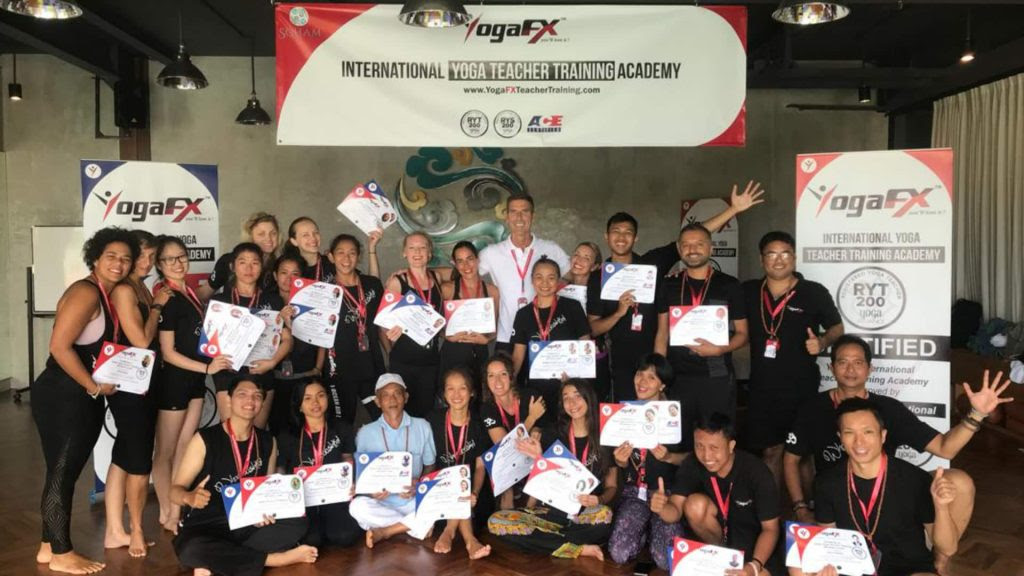Living with fibromyalgia can be an arduous journey, marked by chronic pain, fatigue, and a range of debilitating symptoms. However, amidst the challenges, a beacon of hope shines through the practice of yoga for fibromyalgia. In this comprehensive guide, we will explore how yoga, with its gentle yet transformative approach, can offer solace, enhance well-being, and empower individuals living with fibromyalgia to reclaim their lives. We will also delve into the benefits of hot yoga and introduce the renowned YogaFX hot yoga teacher training program, created by Mr. Ian, a leading authority in hot yoga.
Fibromyalgia affects millions of people worldwide, causing widespread pain, fatigue, sleep disturbances, and cognitive difficulties. While there is no cure for fibromyalgia, individuals are constantly seeking ways to manage their symptoms and improve their quality of life. In recent years, yoga has emerged as a powerful tool in this pursuit.
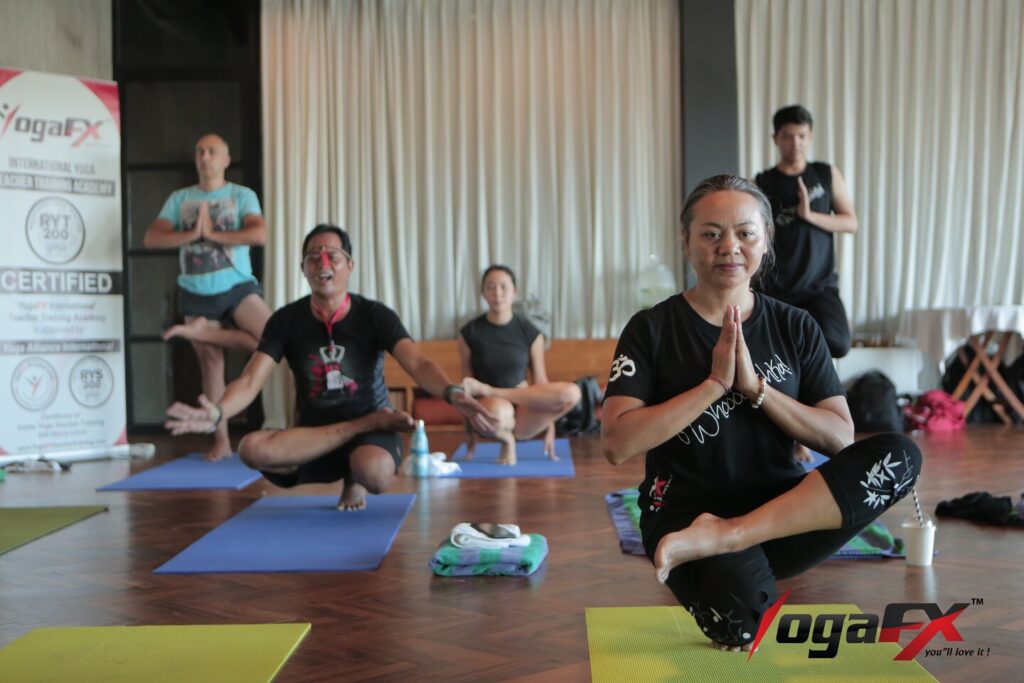
Yoga for Fibromyalgia
Yoga is a mind-body practice that combines physical postures, breath control, and meditation to promote holistic well-being. It offers a gentle and adaptable approach, making it suitable for individuals with fibromyalgia who may have limitations in their physical abilities. Through intentional movement, breath awareness, and mindfulness, yoga provides a path towards healing and self-empowerment.
One particular style of yoga that has gained popularity is hot yoga, and within it, the Hot 26 and 2 yoga sequence, also known as Bikram yoga. Hot yoga is practiced in a heated room, which increases muscle flexibility and encourages detoxification through sweat. The Hot 26 and 2 sequence, consisting of 26 poses and 2 breathing exercises, systematically works through the entire body, promoting strength, balance, and endurance.
Mr. Ian, the creator of YogaFX, is a highly respected figure in the world of hot yoga. With his extensive experience and expertise, he has developed the YogaFX hot yoga teacher training program, providing a comprehensive curriculum for aspiring hot yoga instructors. This program equips individuals with the knowledge and skills necessary to guide others through the transformative practice of hot yoga.
In the following sections, we will explore the benefits of yoga for fibromyalgia and delve deeper into the transformative power of hot yoga. We will also highlight the key components of the YogaFX hot yoga teacher training program, offering a pathway for individuals to become certified hot yoga instructors and share the healing benefits of this practice with others.
“WHEN YOU DENY CLOUDING EMOTIONS Your Thoughts Then Actions & Relationships Become Deeply Poisoned, Sick Of Your Stupidity”
Benefits of Yoga for Fibromyalgia:
1. Pain Management
Yoga offers gentle stretches and movements that help alleviate pain and improve flexibility. The practice of yoga releases endorphins, natural pain-relieving chemicals in the body, promoting a sense of well-being.
2. Enhancing Sleep Quality
Fibromyalgia often disrupts sleep patterns. The relaxation techniques and mindful breathing exercises practiced in yoga can help induce a state of deep relaxation, promoting better sleep quality and improved restfulness.
3. Reducing Fatigue
Chronic fatigue is a common symptom of fibromyalgia. The combination of gentle movement and breath awareness in yoga can help increase energy levels, reduce fatigue, and improve overall vitality.
4. Stress Reduction
Yoga provides a calming and nurturing space to release stress and anxiety. The practice of mindful movement and focused breathing helps activate the body’s relaxation response, reducing the impact of stress on the nervous system.
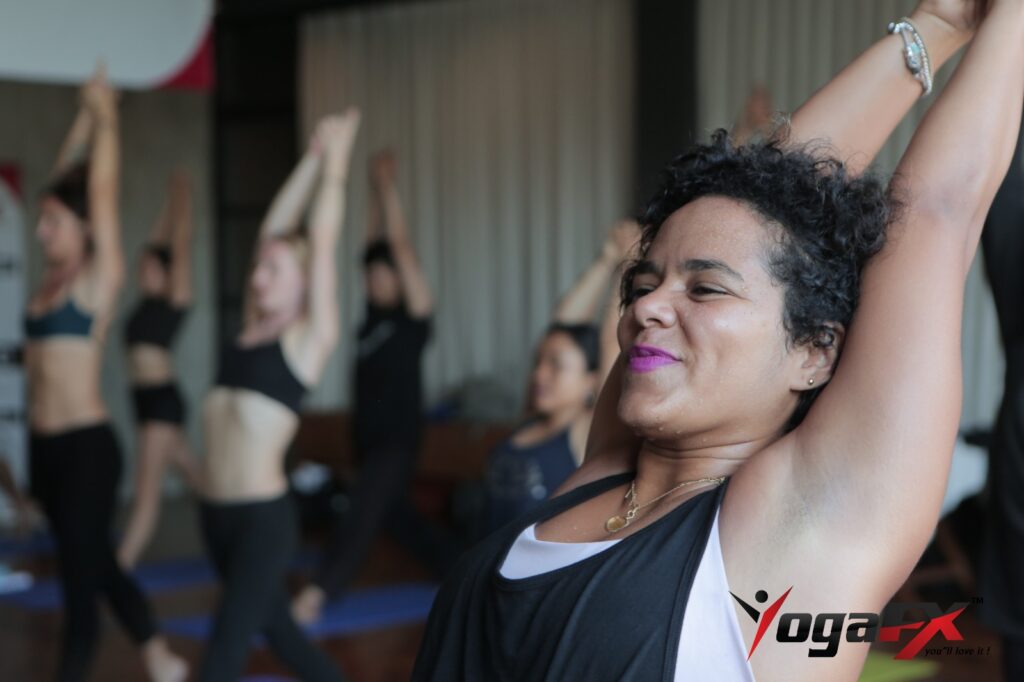
The Transformative Power of Hot Yoga:
Hot yoga, with its unique combination of movement and heat, offers additional benefits for individuals with fibromyalgia.
1. Increased Flexibility
The heat in a hot yoga room helps warm up the muscles, allowing for deeper stretches and increased flexibility. This can help alleviate muscle stiffness and improve joint mobility, common challenges faced by individuals with fibromyalgia.
2. Detoxification
The heat and intensity of hot yoga induce sweat, facilitating the removal of toxins from the body. This detoxification process can support overall well-being and help individuals with fibromyalgia feel rejuvenated.
3. Endurance and Strength
The challenging nature of hot yoga builds endurance and strength over time. This can be especially beneficial for individuals with fibromyalgia, as it helps improve overall physical resilience and reduces the impact of daily activities on the body.
Introducing the YogaFX Hot Yoga Teacher Training Program:
For those passionate about hot yoga and interested in sharing its transformative power with others, the YogaFX hot yoga teacher training program, led by Mr Ian, then offers a comprehensive curriculum designed to empower individuals to become certified hot yoga instructors.
The program covers various aspects of hot yoga, including the Hot 26 and 2 sequence, alignment principles, teaching methodologies, and the integration of mindfulness and breathwork. Through a combination of theory, practical sessions, and mentorship, then participants will gain the knowledge and skills necessary to guide students through safe and effective hot yoga classes.
Conclusion
Yoga has emerged as a powerful practice for individuals living with fibromyalgia, offering relief, empowerment, and then a pathway towards improved well-being. Hot yoga, with its unique combination of movement and heat, adds dimension to the healing potential of yoga. The YogaFX hot yoga teacher training program, was created by Mr Ian. Presents an incredible opportunity for individuals passionate about hot yoga to become certified instructors. Then share the transformative benefits of this practice with others.
As you embark on your journey with yoga for fibromyalgia, remember that each individual’s experience is unique. Listen to your body, honor its limitations, and work with a qualified instructor who understands your needs. Through the practice of yoga, you can tap into your inner strength, cultivate resilience. Then embrace a sense of empowerment on your path to healing and well-being

